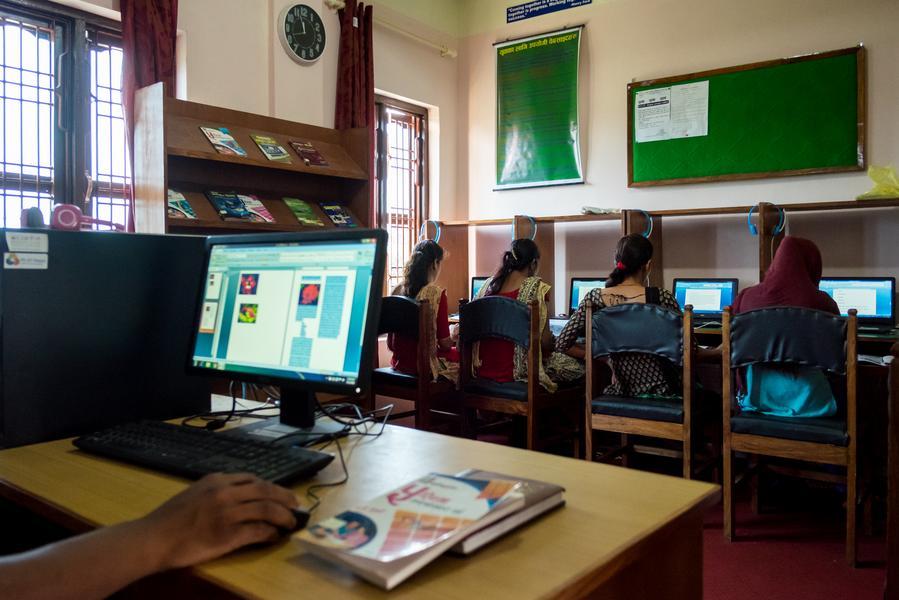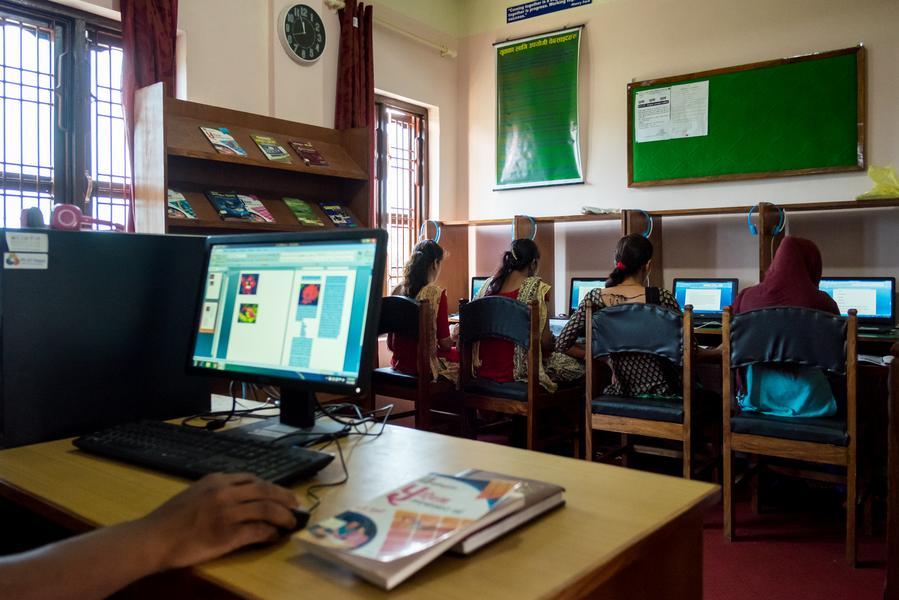Problem and Context
The XYZ University enrichment program addresses a critical gap in higher education by preparing students for the workforce. Traditional education often leaves graduates ill-equipped for industry demands, resulting in a mismatch between academic skills and real-world requirements. The enrichment program integrates a one-year internship experience with three years of classroom education, ensuring students gain practical exposure alongside academic learning. However, managing this process manually has led to inefficiencies, including data errors, delays, and miscommunications between students, companies, and the university.
Solution
XYZ University designed a web-based application to address these issues using the System Development Life Cycle (SDLC) method. This system streamlined the enrichment program and integrated various stakeholders and processes.
To begin with, the system architecture was developed, which involved designing a client-server architecture that integrates students, companies, enrichment divisions, and study program departments. It utilized PHP and HTML5 for the interface and MySQL for database management. The core features included a student portal where students update CVs and apply for internships, a company portal where companies register vacancies and review applications, and a university portal where enrichment divisions and study programs manage registrations, placements, and stakeholder communication.
The processes were streamlined, which included automating the flow of information between students, companies, and enrichment staff, introducing real-time updates on placement issues, and enabling students to track the status of applications and requests, such as placement changes. Custom features included role-based access for students, companies, and university staff to ensure tailored user experiences and integrating this with a LMS system for seamless access to enrichment data.
The system also had real-time data tracking for registrations, placements, and cancellations, as well as regular system updates to reflect company vacancies and changes in student status.
Impact
Operational efficiency increased with reduced manual errors in data entry and communication and faster processing of student placements and company registrations. Additionally, there was enhanced transparency and improved stakeholder satisfaction, and the system's modular design allowed it to accommodate future expansions and additional features.
Note: further studies and analysis will have to be conducted to fully understand the programs impact.












